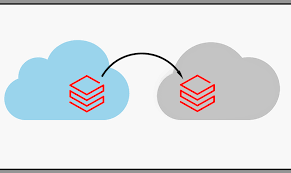The Azure Databricks CLI provides a range of commands to perform various administrative tasks and manage your Databricks environment. Here are some examples of administrative tasks that can be performed using the Azure Databricks CLI:
- Cluster Management:
databricks clusters create: Create a new cluster.databricks clusters restart: Restart a running cluster.databricks clusters delete: Terminate and delete a cluster.databricks clusters list: List existing clusters.databricks clusters resize: Resize a cluster by adding or removing nodes.
- Notebook Management:
databricks workspace import: Import a notebook or directory of notebooks to the workspace.databricks workspace export: Export a notebook or directory of notebooks from the workspace.databricks workspace delete: Delete a notebook or directory from the workspace.databricks workspace ls: List notebooks and directories in the workspace.
- Job Management:
databricks jobs create: Create a new job.databricks jobs list: List existing jobs.databricks jobs run-now: Run a job immediately.databricks jobs delete: Delete a job.
- Library Management:
databricks libraries install: Install a library or a collection of libraries.databricks libraries list: List installed libraries.databricks libraries uninstall: Uninstall a library.
- Cluster Policies:
databricks clusters policy create: Create a new cluster policy.databricks clusters policy list: List existing cluster policies.databricks clusters policy update: Update an existing cluster policy.
- User and Group Management:
databricks groups create: Create a new group.databricks groups list: List existing groups.databricks users create: Create a new user.databricks users list: List existing users.databricks users add-to-group: Add a user to a group.
These are just a few examples of the administrative tasks that can be performed using the Azure Databricks CLI. The CLI offers a comprehensive set of commands to interact with Azure Databricks programmatically and automate various management tasks within your Databricks environment. Refer to the official Azure Databricks CLI documentation for detailed usage instructions and additional available commands.
SHARE
